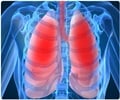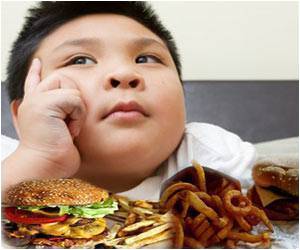According to researchers at Columbia University's Mailman School, kids who are regularly exposed to tobacco smoke at home tend to develop early emphysema in adulthood.
According to researchers at Columbia University's Mailman School, kids who are regularly exposed to tobacco smoke at home tend to develop early emphysema in adulthood.
The finding suggests that the lungs may not recover completely from the effects of early-life exposures to tobacco smoke (ETS).The population-based research is the first to examine the association of childhood ETS with early emphysema by CT scan in non-smokers.
Almost fifty percent of the participants in this large multiethnic cohort had at least one regular cigarette smoker in their childhood home.
Participants with more childhood ETS exposure had more emphysema-like lung pixels- an average of 20 pct of scan pixels were emphysema-like for those who lived with two or more smokers as a child, compared with 18 pct for those who lived with one regular smoker, or 17 pct for those who said that they did not live with a regular inside smoker as a child.
The researchers studied CT scans of 1,781 non-smokers without clinical cardiovascular disease recruited from six communities in the United States, including northern Manhattan and the Bronx, New York.
Those reporting childhood ETS exposure were somewhat younger, with an average age of 61; were more likely to be non- Hispanic white; and less likely to have been born outside the United States.
Advertisement
Previous studies have found evidence that childhood ETS exposure affects perinatal and childhood health outcomes, and that adult exposure may affect adult respiratory health outcomes, including lung function and respiratory symptoms.
Advertisement
"However, emphysema may be a more sensitive measure of damage compared with lung function in this relatively healthy cohort," said Lovasi.
"The association between childhood ETS and early emphysema among participants whose mothers did not smoke, suggests that the effect we are detecting is for smoke exposure in the home during childhood rather than in utero exposure alone," she added.
The study is published in the American Journal of Epidemiology.
Source-ANI
TRI















